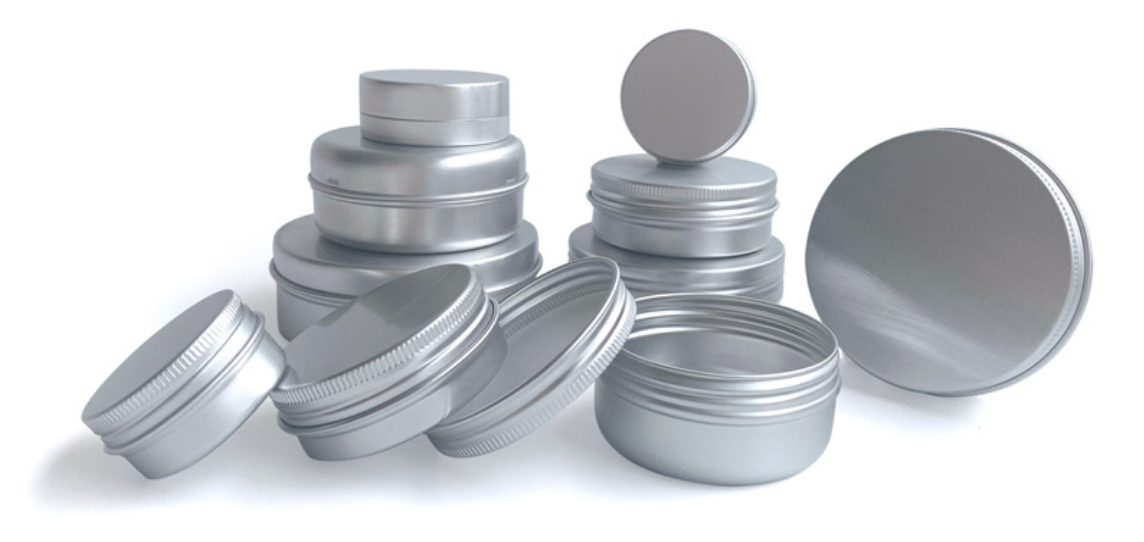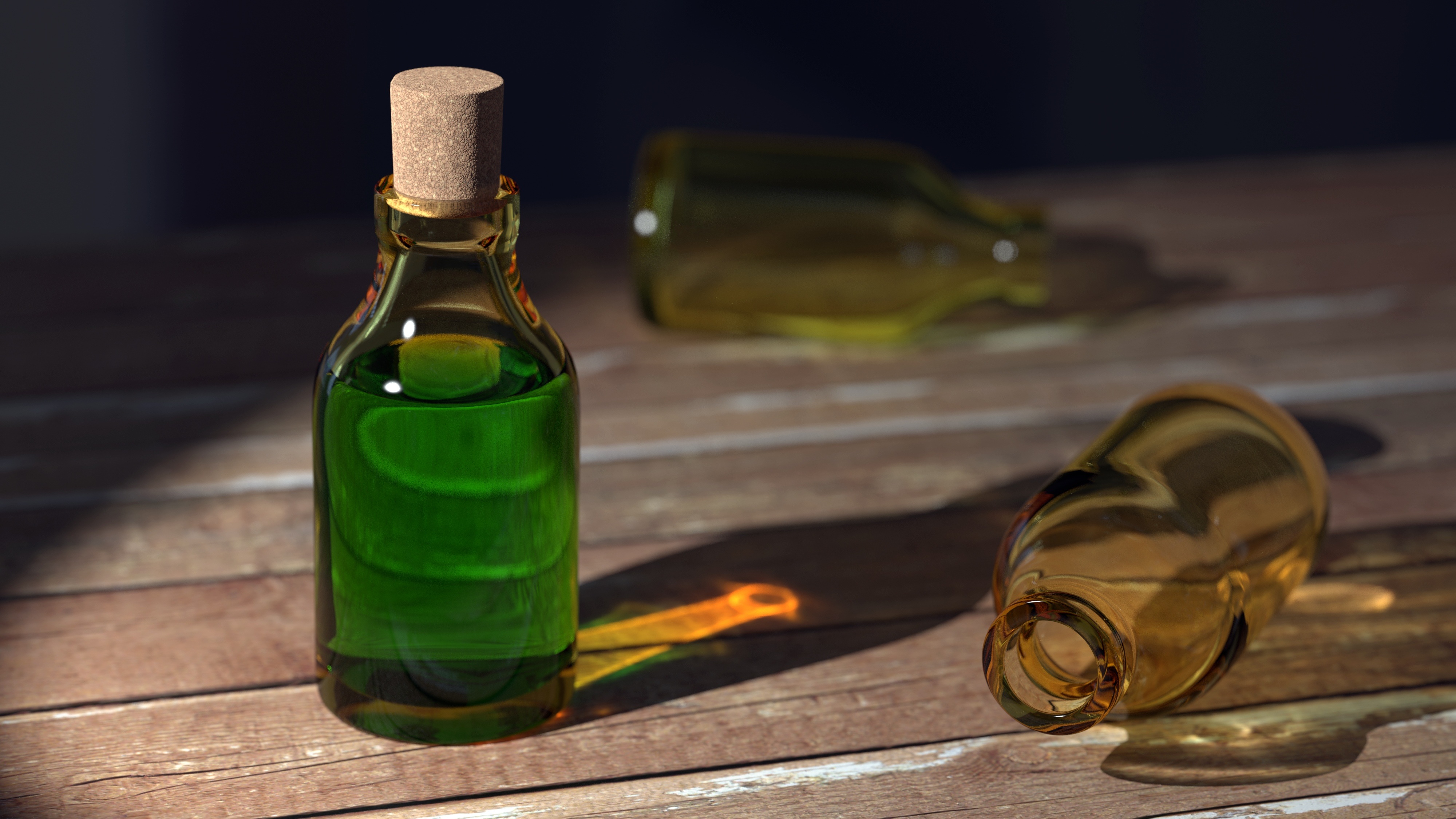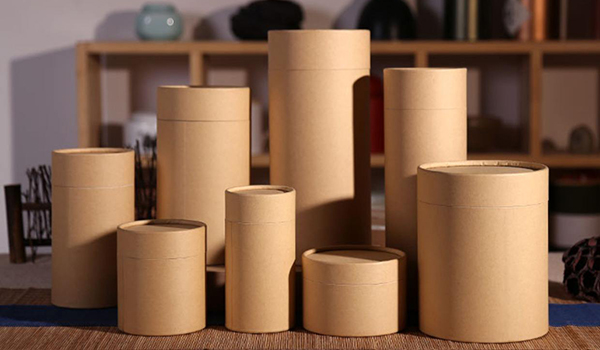The Dangers of Plastic - Sustainable Alternatives To Plastic Packaging
Plastic packaging today refers to pollution and global waste problems, but this was not always the case. When synthetic plastic was made in a lab in the early 20th century, it was hailed as one of the most significant scientific inventions. Plastic was considered a revolutionary product, completely transforming numerous industries and aspects of everyday life. Plastic is versatile, durable, long-lasting, cost-effective, and can be easily molded to make different kinds of products such as cosmetic jars, food containers and disposable utensils. Plastic packaging helped companies to safeguard their products and pushed industries to new heights.
While discussing plastic packaging from manufacturers point of view, it refers to the process of using various types of plastic materials to package, store and deliver products. Plastic packaging plays an important role in ensuring the safety of products during the transport and storage of the goods. Polyethylene Terephthalate and Polypropylene are a few examples of plastics that are widely used. Nevertheless, plastic is not all good; as with any other thing, it also comes with cons. Plastic is not a natural material; it is a man-made material. Plastic does not decompose like other natural materials; it instead takes over a century to break down into tiny pieces, hence it cannot be considered a sustainable packaging material. Plastic packaging is one of the leading cause of global waste problems. Whether it be oceans or landfill sites, you can find single-use plastic littering our beautiful world. Even after breaking down into tiny pieces, plastic is still harmful. Small plastic particles have been found inside fish and other animals; hence, plastic indirectly gets into our food chain. It has been linked to several kinds of diseases in humans, including cancer. Plastic might have been revolutionary in the past but its overuse has created a big problem for the world and now the world needs alternatives to plastic packaging as soon as possible.
Types of Plastic Packaging and Their Recycling Codes
Plastic packaging can be of different kinds with each having its own recycling codes, also known as Resin Identification Codes (RICs). These are symbols that appear on plastic items such as cosmetic jars and other plastic items to identify their type. The universal recycling symbol consists of three chasing arrows in a triangle shape. A number ranging from 1 to 7 is written inside the triangle, which signifies the type of plastic used for the product. The purpose of this code system is to assist and simplify the recycling process while decreasing environmental harm. Every type of polymer has different chemical properties, which can only be recycled with similar polymers. So, raising awareness about the codes helps make it easy for consumers to identify and sort items accordingly, making plastic packaging recycling more accessible for all. Below we discuss a brief overview of the seven types:
1. Polyethylene Terephthalate (PET, RIC1): PET is one of the most common types of plastic packaging used by companies. Typically it can be found in beverage and mouthwash bottles, and food packaging. PET is transparent, robust, lightweight plastic, allowing consumers to see through the packaging; this makes it one of the primary reasons for it to be used in food and beverage packaging. However, resins made from PET can oxidize, resulting in taste degradation of the food and drinks. Unlike other plastic packaging materials, PET is 100% recyclable [1], which can be recycled without losing its properties making it a sustainable packaging option.
2. High-Density Polyethylene (HDPE, RIC2): Compared to PTE, HDPE is a hard, opaque plastic with a high melting point of 120-140 degrees. It is a stiff plastic packaging material that’s resistant to chemicals and moisture. HDPE is commonly used to make milk jugs, detergent bottles, cosmetic jars, and toys. HDPE is highly flammable and sensitive to stress cracking. However, it can be recycled into items like plastic lumber, picnic tables, or recycling bins.
3. Polyvinyl Chloride (PVC, RIC 3): PVC is a durable, long-lasting, weather-resistant plastic primarily used in plumbing pipes, clear food packaging, and vinyl siding. PVC is less rigid and has a high impact strength which helps when used as plumbing pipes. However, PVC has poor heat stability and lower chemical resistance. PVC isn't usually recycled due to its high chlorine content and the harmful dioxins it can release when heated. It's considered the most toxic plastic hence making it one of the least sustainable packaging options.
4. Low-Density Polyethylene (LDPE, RIC 4): LDPE is a semi-rigid, translucent, weatherproof, soft, flexible, and lightweight plastic packaging material. LDPE is used in the production of plastic bags and wraps, as well as squeeze bottles. LDPE is considered a safer option than other plastics. However, it can still leach harmful substances under high temperatures and pressure. It is also highly flammable, poor UV resistant, and has low strength. While it is not commonly recycled through curbside programs, it can be recycled into products like trash can liners or floor tiles. It's safer than other plastics and can be considered an environmentally friendly packaging material.
5. Polypropylene (PP, RIC 5): PP is a strong, semi-rigid, translucent, heat-resistant plastic packaging material that is used to make yogurt containers, medicine bottles, ketchup bottles, cosmetic jars and automobile parts. PP has good chemical resistance; hence, it is a popular food and medicine packaging choice. However, Polypropylene is often affected by UV degradation, making it unsuitable for use in high altitudes or places where UV penetration is high. PP is generally considered safe and recyclable into items like battery cables, brooms, or ice scrapers.
6. Polystyrene (PS, RIC 6): PS is rigid, brittle, and moderately firm, it is most commonly known and seen as Styrofoam. It is mostly used in products like coffee cups, meat trays, and food packaging. It can leach styrene, a potential neurotoxin, and carcinogen, is highly flammable, susceptible to UV degradation, and has poor chemical resistance, especially to organics. PS isn't commonly recycled due to its low weight to volume ratio, hence, making its transportation a difficult job. PS is mostly used as one time use plastic which makes it one of the least sustainable packaging materials.
7. Other (RIC 7): The RIC 7 category includes all other plastics and plastic packaging materials, including Polycarbonate (PC) and Polylactic Acid (PLA). A range of products are made with the help of these plastics, such as shampoo bottles and compact discs. The recyclability of RIC 7 plastics varies. Some, like PLA, are compostable under certain conditions, while others, like PC, can leach harmful substances like bisphenol A (BPA).
The Cons of Plastic Packaging
Plastic packaging has become a convenient and easy choice for companies to store their products. Plastic is versatile and cost-effective; however, plastic packaging has several adverse health and environmental impacts.
Health Impact: Plastic packaging is an artificial material that contains many harmful chemicals such as bisphenol A also known as BPA. These chemicals are used to make plastic waterproof hence it is found in almost every kind of plastic products such as fizzy drink bottles and cosmetic jars. BPA can leach into packaged food, beverage, or medicine under high pressure or temperature. These chemicals are known to alter hormones in the human body and can cause several diseases, including brain damage in children, reproductive disorders, and various kinds of cancers. Another source of plastic consumption by humans is microplastic. Over time, plastic degrades into tiny particles that can enter our bodies through ingestion or inhalation, potentially leading to various health effects, therefore it is high time for everyone to look into plastic packaging alternatives.
Environmental Impact: Plastic packaging has disastrous environmental impacts. It is non-biodegradable, and it takes thousands of years for plastic to decompose. Most of the plastic used in packaging goes to landfills or oceans. However, it still does not decay like other natural waste; it instead breaks into tiny particles called microplastic, which is also harmful. Plastic waste poses a significant threat to wildlife. Animals can get entangled in plastic waste or ingest it, often leading to injury or death. Marine animals mistakenly eat microplastics, which can cause blockages in their digestive system; this can cause their deaths due to starvation or suffocation. The production of plastic packaging also requires a vast amount of energy and oil, and the disposal of plastic can increase greenhouse gas emissions which are one of the significant causes of global warming. These drawbacks of plastic have forced the companies around the globe to find environmentally friendly packaging solutions.
Why People Should Move Away From Plastic Packaging
Excess use of plastic packaging has created a global plastic problem, affecting humans and animals alike. Single-use plastic packaging is a significant contributor to this problem. Plastic takes centuries to degrade, often infiltrating oceans and damaging marine life. Plastic is a man-made material produced using a significant amount of non-renewable fossil fuels. Its production and disposal generate harmful greenhouse gasses, contributing to global warming. Toxic plastic chemicals, such as BPA, are a significant risk to consumer health. These chemicals might leach into our food and enter our bodies, disrupting our hormonal systems and causing various disorders and cancers. In addition to the problems discussed above, plastic waste management often proves to be costly and inefficient work compared to environmentally friendly and sustainable packaging alternatives. Looking at the issues discussed above, it is high time for people to move away from plastic packaging and look for alternatives to plastic packaging.
Most Popular Alternatives to Plastic Packaging
As the negative impact of plastic packaging on the environment becomes increasingly apparent, businesses and consumers are seeking more sustainable packaging options. Among the alternatives to plastic packaging, aluminum, glass, and paper are the most popular choices.
Aluminum: Aluminum is a popular choice for companies to replace plastic packaging. It is lightweight, durable, long-lasting, and, most importantly, 100% recyclable. Aluminum can be recycled repeatedly without losing its properties, making it an excellent material for companies looking for sustainable packaging solutions. It is also noteworthy that due to the low melting point of aluminum, recycling aluminum is more energy-efficient and cost-effective than extracting new aluminum from virgin ore. Aluminum, a naturally occurring material, is free from harmful chemicals found in plastic and resistant to organic acids, making it a great fit for food and cosmetic jars. Aluminum packaging is available in the shape of tins and custom tins for food and cosmetics, aluminum bottles, as well as squeeze tubes. The opaque nature of aluminum also blocks harmful UV rays, which can extend the shelf life of food and cosmetics. The above characteristics of aluminum makes it one of the most popular plastic packaging alternatives, which is why many companies are currently switching to aluminum packaging.

Glass: Glass is also an excellent option to replace plastic packaging materials. It is also naturally occurring, free from harmful chemicals, and highly reusable and recyclable. It is most commonly used to make glass cosmetic jars and bottles for cold drinks. Like aluminum, it's an excellent barrier against moisture and air, which helps prolong the product shelf life. However, Glass packaging is heavier than plastic and more fragile, which can increase transportation costs and the risk of product damage.

Paper: Paper is also one of the alternatives to plastic packaging, offering a biodegradable option that quickly decomposes without leaving toxic residue behind. Paper packaging is lightweight and versatile, and a sustainable packaging option. But it only offers limited options for packaging such as bags, boxes, cardboard tube packaging, and wrappers. However, it is made from renewable resources and widely recycled which makes it an environmentally friendly packaging material.

The Future of Plastic-Free Packaging
Plastic has destroyed the beauty of our forests and oceans, but the future of plastic-free packaging appears to be promising. As consumers and businesses around the globe become more aware and conscious of the damages caused by plastic packaging, they are shifting away from it. Governments and international organizations are implementing regulations to reduce the harmful impact of plastic on the environment. The EU has already banned single-use plastic plates, cutlery, straws, balloon sticks, and cotton buds from markets as early as 3rd July 2021[2], and it plans to add more plastic waste to the ban list.
In response to the global plastic waste problem, many innovative environmentally friendly packaging solutions are being developed to replace traditional single-use plastic packaging. We can also shift towards sustainable, eco-friendly, and biodegradable alternatives such as biodegradable plastics, paper, and cardboard, as well as innovative packaging solutions like edible packaging and reusable systems. Improved recycling infrastructure will reduce the production costs of the materials as well as reduce the carbon footprint of the packaging industry. Transitioning to alternatives to plastic packaging brings numerous benefits for future generations, including environmental preservation by reducing plastic pollution in landfills and oceans. It can also help us to conserve resources by minimizing reliance on fossil fuels and energy-intensive plastic production techniques. The change to sustainable packaging will also enhance health and safety by reducing exposure to harmful chemicals, and catering to consumer preferences. Overall, embracing plastic-free packaging holds excellent potential for reducing plastic waste, protecting the environment, and improving the well-being of future generations, requiring collective efforts from governments, businesses, and individuals.
[1] https://www.americanbeverage.org/education-resources/blog/post/what-is-pet/
